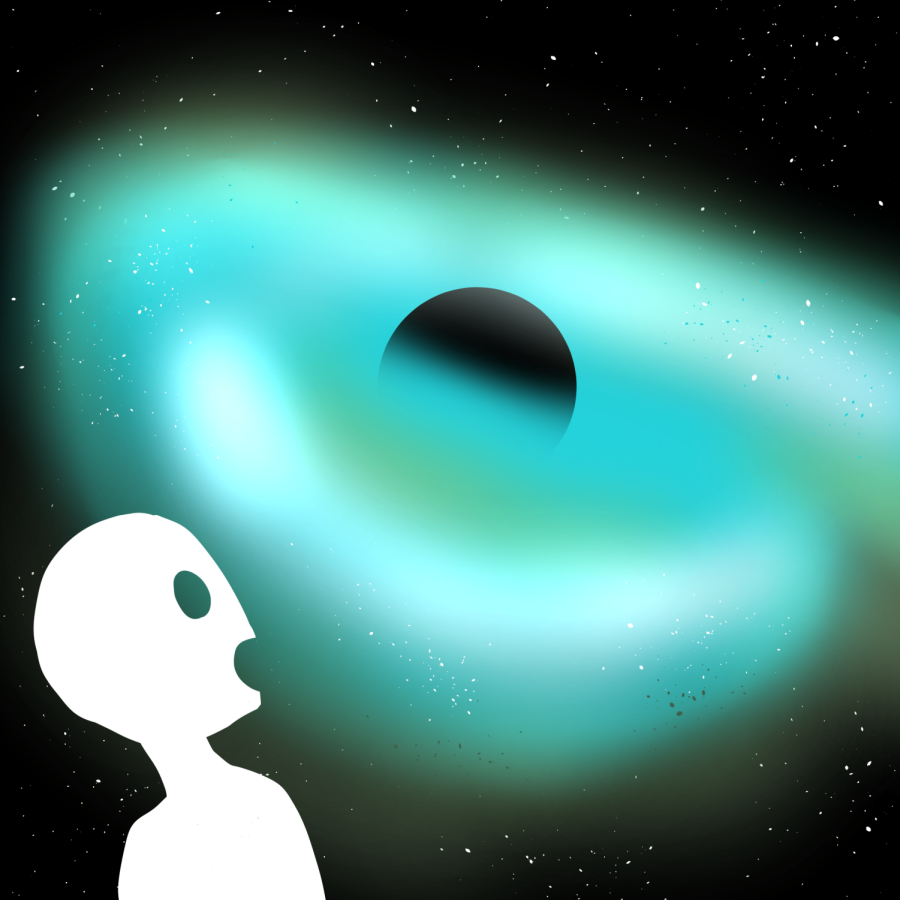Visualizing Science competition presents diverse selection of images from College of Natural Sciences
October 4, 2022
With a swirling image of color-changing crystals, watercolor marine life and a mosaic filled with a child’s curiosity for science, the Visualizing Science competition provides a sneak peak into the unseen images from UT’s labs.
After combing through mounds of scientific images submitted by UT researchers, communications specialist Steven Franklin curated the winning group of photos to showcase in a virtual gallery, embracing and showcasing the artistry that can be found in STEM-related work. Franklin said this collection exemplifies the impact of science through an aesthetic lens, providing an accessible and digestible vessel to help understand these complex topics.
“The old adage that a picture is worth a thousand words holds some truth,” Franklin said. “Once we can see the science, we can begin to understand it better.”
The Visualizing Science competition wrapped up this September, and the online gallery displays research from students and staff across varying departments in the College of Natural Sciences. Christine Sinatra, director of communications for CNS, said the competition started in 2013 when the college made a strategic plan aiming to bring the research of students and teachers to a wider community.
“Among the goals in the plan was making science visible at UT, the way that athletics and art programs are visible,” Sinatra said. “To capture the beauty, excitement and complexity of science can be challenging, but sometimes a single image can do this very well.”
This year, Hannah Rempel won first place for her piece depicting the Molly miller blenny fish, with its identifiable red and white striped mohawk, in watercolor and fine-line pen. Rempel said she appreciates the chance to merge her academic interests with her passion for drawing.
“Art is a really great way to express my creativity,” the marine science graduate student said. “Grad school can be really hectic sometimes, so I love getting to unwind and appreciate the beauty in some of the research that I do.”
Associate mathematics professor Jennifer Austin sent in a mosaic inspired by her daughter to the competition.
The mosaic presents pictures of her daughter experiencing science in different ways such as visiting the Lady Bird Johnson Wildflower Center, playing in the family’s yard and getting her COVID-19 vaccine. On top of the photos of her daughter, Austin overlays a DNA knot. She said she hopes to inspire everyone to find and enjoy places of science.
“We can all be scientists and mathematicians,” Austin said. “There is some intuitive nature in all of us human beings that is curious about the world around us. You don’t have to have a doctorate degree to explore the world and engage with it and see science and math.”
Showing a vibrant swirl of turquoise, white and green surrounding a black hole amidst a background of stars, Dr. Deborah Ferguson from the Center for Gravitational Physics submitted an image from a simulation that imagines a neutron star merging with a black hole. Ferguson said visualizations humanize scientific work and open a window into comprehending complex topics.
“The more interest there is in these topics, the more public funding we can get,” Ferguson said. “A lot of this research will matter and we need it, but oftentimes it’s not immediately applicable and so people don’t always see its purpose.”
As she continues her career in marine science, Rempel said that she appreciates the multi-faceted nature of science and the opportunity to engage with research across many departments.
“Oftentimes, people think that science is not creative, it’s that kind of left-brain, right-brain myth,” Rempel said. “These kinds of competitions like the Visualizing Science competition are great ways to express creativity and bridge science, art and communication.”



